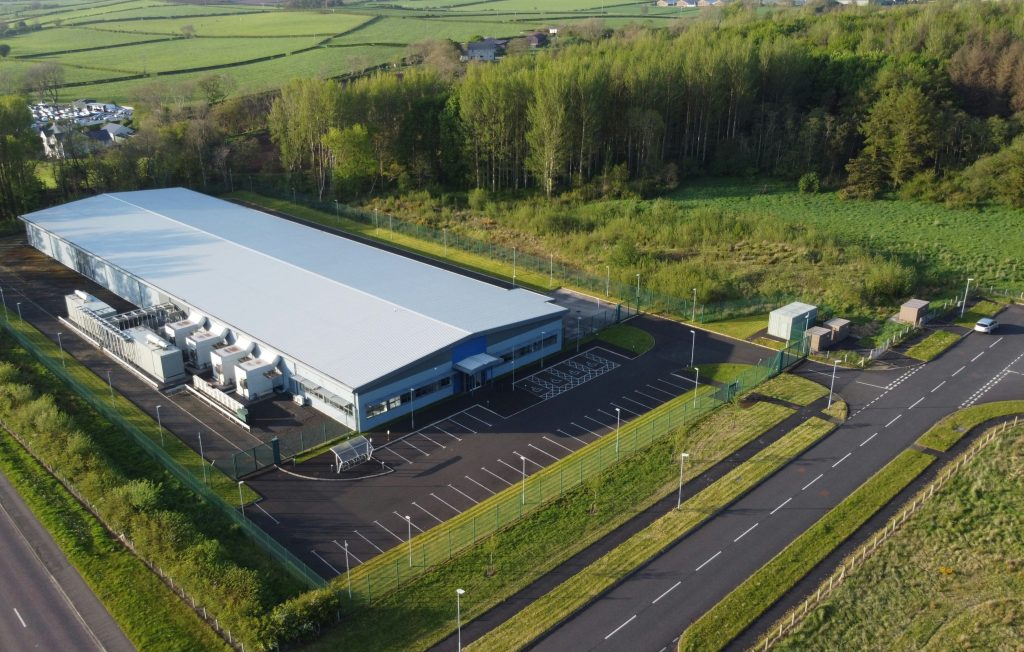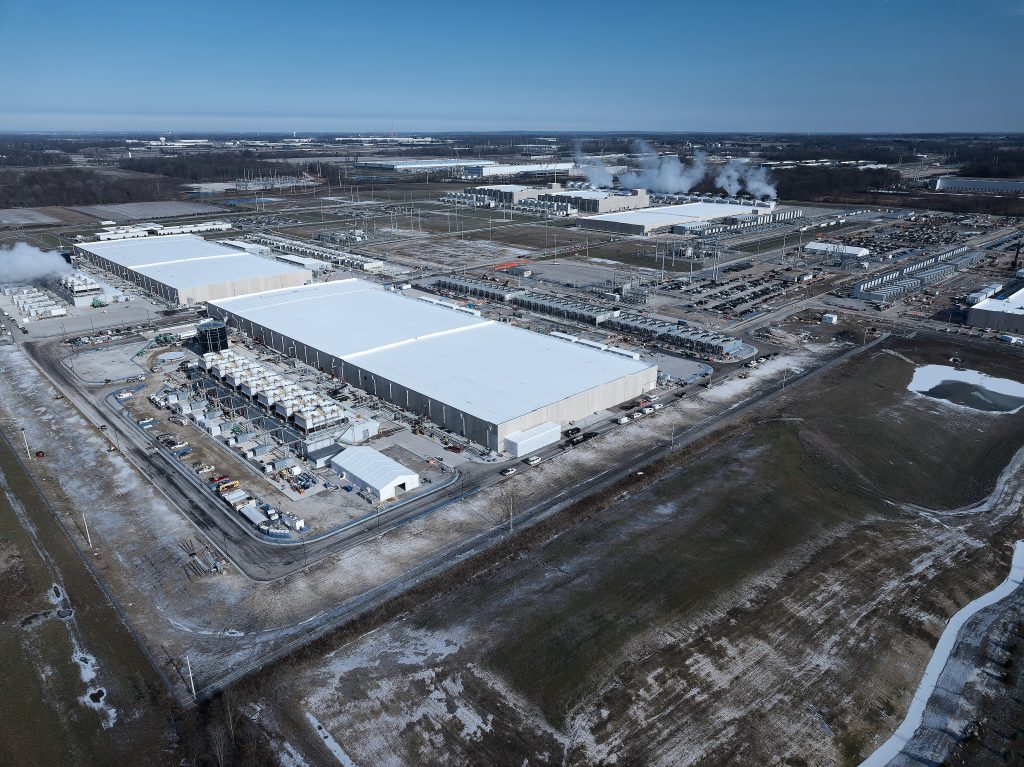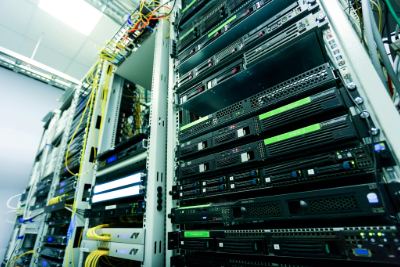
Methods for Calculating Carbon Emissions from Cloud Computing: A Comparison
When it comes to cloud carbon, sustainability leaders have been left to choose between wildly unreliable spend-based factors, or Cloud Service Provider (CSP) estimators with opaque methodologies and a vested interest in reporting low emissions. But now, organizations like Boavizta and Tailpipe propose a new, usage-based methodology to make cloud carbon reporting simple and accessible.
















